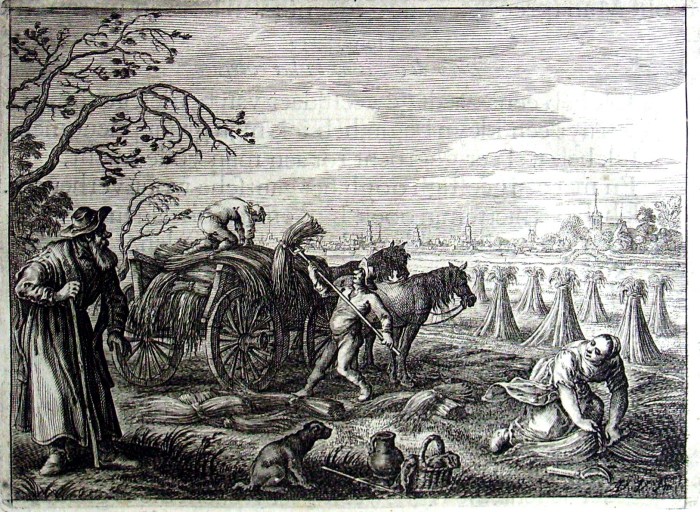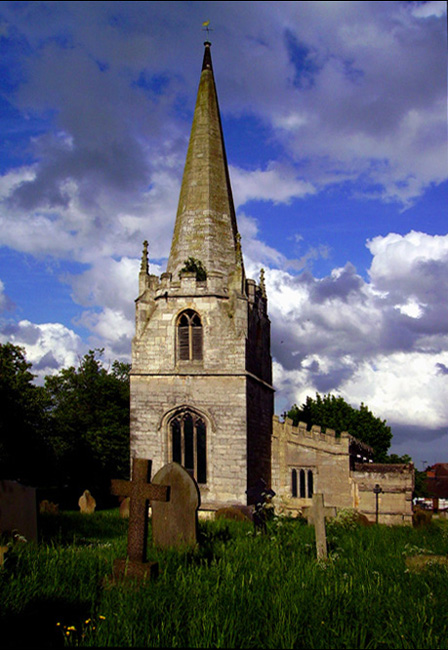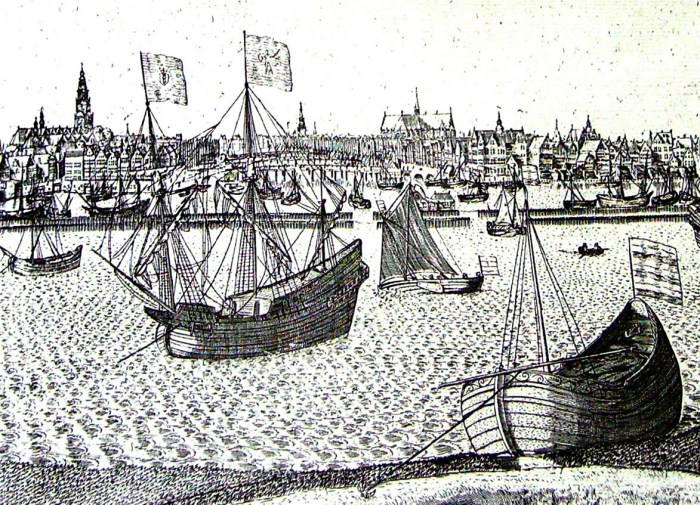The Pilgrim’s rich and exciting story deserves to be told in detail. You can discover different aspects of it in the following chapters.

The Pilgrim story is an adventure that has become the best-known part of the American-Dutch heritage. The Pilgrims, fleeing from religious persecution in England, found refuge in Leiden in The Netherlands before they emigrated in 1620 on the "Mayflower" to America, where they established Plymouth Colony, the first sustained English settlement in New England. The stirring story of their migration, their years of exile in Holland, and the early years of their colony is told by Governor William Bradford in his memoirs, "Of Plymouth Plantation," which many consider the first monument of American literature. The well-known "Mayflower Compact," drawn up by the Pilgrims onboard ship to serve as the basis of their future legal and social organization is an early example of a social contract; it was heralded by John Quincy Adams as a fore-runner of ideas developed in the Constitution of the United States of America.

Exalted in the nineteenth century as virtuous examples of a proud pioneering spirit, the Pilgrims have entered the American imagination as have no other colonists, and their place in the national consciousness endures, reinforced annually in the specifically American holiday, Thanksgiving Day. This commemorates the Pilgrims' harvest feast of 1621, when colonists sat down peacefully with their Native American neighbors to give thanks for a bounteous creation and for continued preservation through times of hardship. While in Leiden, the Pilgrims were active in a wide range of manufacturing occupations. William Brewster, the leading layman of their congregation, operated a clandestine press to publish books forbidden in England. Their minister John Robinson was a participant in Leiden University's theological disputes, whose political implications were to split the nation and contribute to Prince Maurits' military coup in 1618. The Pilgrims were also in close contact with French-speaking Calvinist refugees, some of whom, including Philip Delano, ancestor of Franklin Delano Roosevelt, joined the Pilgrim migration to America. Having spent a dozen formative years in The Netherlands, the Pilgrims are recognized as the source through which several innovations derived from Dutch legal and social precedent entered American culture.
The Pilgrims were Calvinist dissenters from the state Church of England (the Anglican Church). Many of them lived in England near Scrooby, a farming village in northern Nottinghamshire, where they organized a congregation under Rev. Richard Clyfton (former Anglican rector of Babworth near Scrooby), Rev. John Robinson (formerly Anglican assistant pastor in Norwich), and leading layman Elder William Brewster (postmaster at Scrooby, residing in Scrooby manor). Known as "Separatists," they withdrew from the church which they believed was tainted by continuation of traditional but non-biblical ceremonies. In this the Pilgrims differed from other Calvinists who remained in the Church of England to purify it, who are known as "Puritans." The idea of separation from the state church was launched in England by Rev. Robert Browne of Corpus Christi College, Cambridge. Later Separatists were called "Brownists" by their opponents (as is seen in Leiden's refusal to extradite the Pilgrims' pastor John Robinson in 1609).

Browne had preached anti-establishment sermons as early as 1578, and soon he and his followers fled to Middelburg in The Netherlands. In 1582, under the influence of Dutch Mennonites (whose congregations had already existed separately before the Dutch Reformed Church became dominant), Browne published two tracts arguing for separation and for congregations with freely-entered mutual covenants allowing all members to select the pastor and lay leaders democratically. In 1593 Rev. John Penry, a friend of William Brewster's, was executed for publishing anti-Anglican pamphlets; Separatists who refused to conform with the state church were threatened with banishment, while at the same time leaving the country peacefully was prohibited them. Since 1595 escaped Separatists had formed a refugee congregation in Amsterdam led by Rev. Francis Johnson, another friend of Brewster's, and by Rev. Henry Ainsworth, a man esteemed by the Pilgrims for his theological writings.
The Separatists of Scrooby attempted to flee to Amsterdam in 1607, but the English ship captain who had agreed to carry them across betrayed them and they were imprisoned. A second attempt in 1608 succeeded, with difficulties. When most of the men were already taken on board, the Dutch captain fled out to sea on espying the approach of troops. Abandoned to the soldiers were the women and children who had stranded in a small boat with a few of the men. After severe storms the ship eventually reached Amsterdam, while the group captured in England was sent from one jail to the next. Having sold their property before attempting the escape, the prisoners owned nothing the courts could confiscate, and they were finally allowed to leave for Holland. Among the last to arrive in Amsterdam were John Robinson and William Brewster. With William Bradford, they would play leading roles in Pilgrim history.
The Political Background Coming to Leiden Leiden, a Fair and Beautiful City Toleration and Cultural Confrontation Daily Life Pilgrim Occupations in Leiden The Pilgrims and The University of Leiden Botany, Anatomy and Strategy Why the Pilgrims Left Leiden Influences